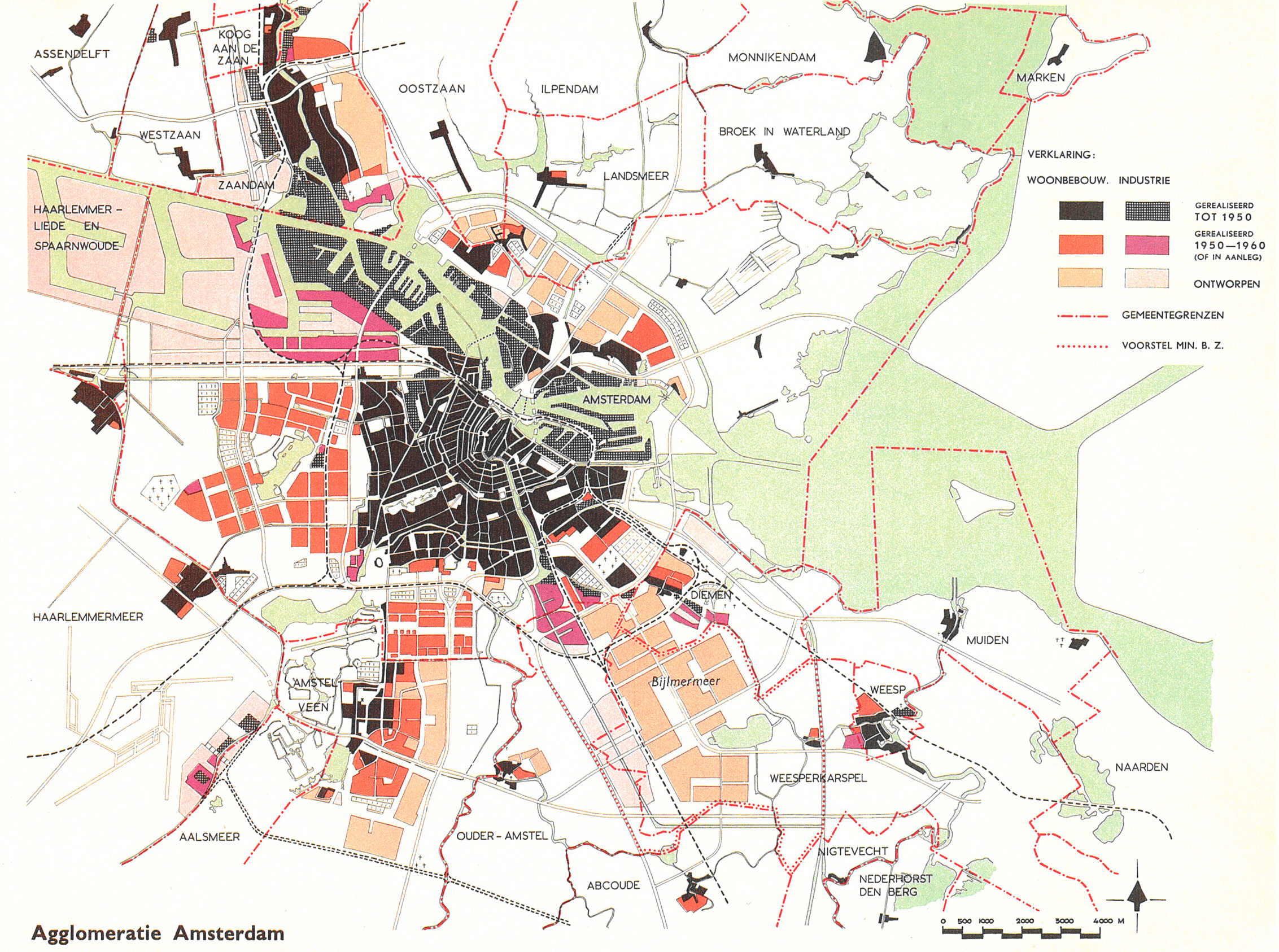Inleiding bij twee kaartreeksen
##submission.downloads##
DOI:
https://doi.org/10.7480/overholland.2019.20.4144Samenvatting
De gemeente Amsterdam, beroemd om haar uitbreidingsplannen, zet sinds 2016 volop in op verdichting. Als onderdeel van haar visie op de ontwikkeling van een leefbare stad (circulaire economie, gezondheid) beoogt de gemeente met het programma Koers 2025 – Ruimte voor de stad een verdichting met minstens 50.000 woningen. Het merendeel daarvan zal gerealiseerd worden in de vorm van woontorens in de ‘Ringzone’: het gebied tussen de voor- en naoorlogse stad langs de A10, de Ringspoorbaan en de IJ-oevers. Dit gebied moet zich de komende jaren ontwikkelen tot verbinder tussen het centrum en de stadsdelen buiten de ring en toegangspoort tot de stad vanuit de regio. Daarmee wordt een opmerkelijke wending gegeven aan een trend die veel eerder werd ingezet. ‘Tegenwoordig is de bestaande stad geen marginaal verschijnsel binnen een eindeloze massa van nieuwe verstedelijking. Het is omgekeerd: de nieuwe staduitbreiding is gesitueerd in de marge van de bestaande stad’, schreef Erik Pasveer in 1991. Het einde van de grootschalige stadsuitbreidingen was een feit en had de bodem weggeslagen onder de oriëntatie van architectuur en stedenbouw op ‘De Stad van Morgen’. De Bijlmer, tegenwoordig Amsterdam Zuidoost, was vanuit die optiek daar de laatste representant van. Met Koers 2025 echter lijkt ‘De Stad van Morgen’ in een andere gedaante weer helemaal terug van weggeweest.
Citeerhulp
Gepubliceerd
Nummer
Sectie
Licentie
Copyright (c) 2019 Henk Engel

Dit werk wordt verdeeld onder een Naamsvermelding 4.0 Internationaal licentie.




